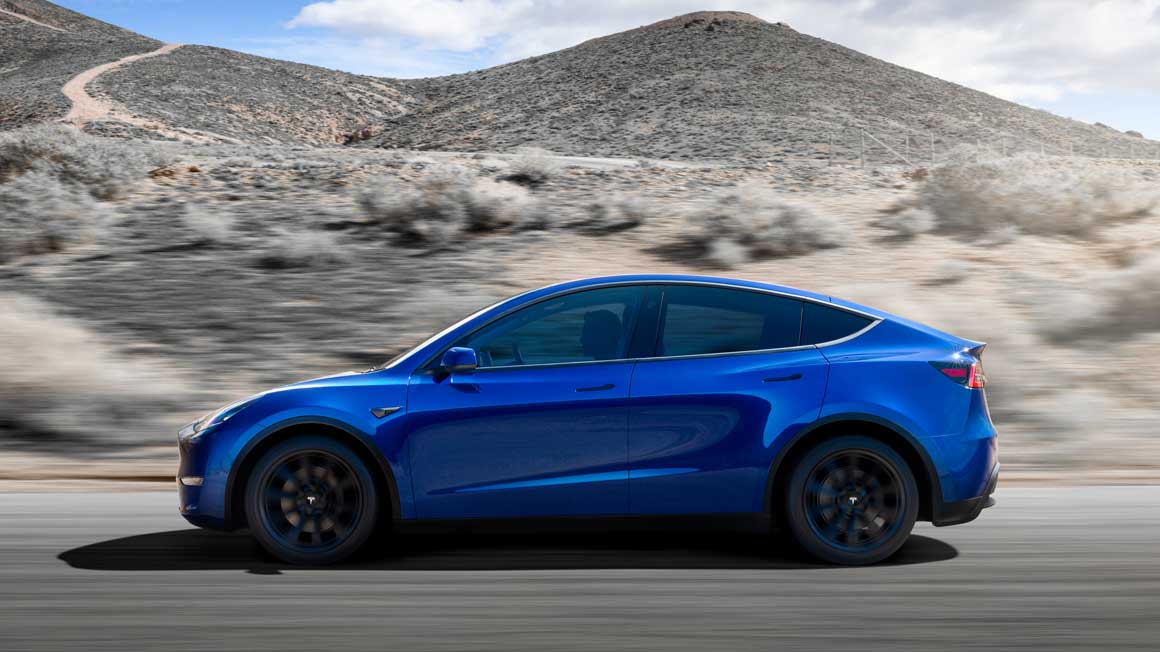Tesla needs to cut through one more piece of red tape before it can open its electric vehicle and battery factory in Berlin, bringing a German-made Model Y and reality check to German incumbents Volkswagen, BMW and Daimler.
And, for Australia, it will likely mean the removal of a major bottleneck that will allow for the first deliveries of the highly anticipated Model Y.
German news agency DW has reported that a final operating permit is the only thing holding the Californian EV maker from starting production of its popular electric crossover at the factory, where it also plans to make battery cells.
But now 19-month build has been a long time coming, in contrast to the rapid construction of Tesla’s Shanghai factory which took around 10 months from start to finish.
In October, Tesla CEO Elon Musk said he expects the first Model Ys to roll off the floor of Giga Berlin in November. If Tesla is indeed still waiting for final operating permits, the wait for units destined for customers will likely now extend into December.
Dogged by environmental protests resulting in delays from the Brandenburg environmental authorities, a final round of discussions regarding the placement of its $A8 billion battery cell line under the same roof as its vehicle assembly lines was only completed on November 22, DW reports.
Once Tesla can ramp up production it plans to make 500,000 electric cars a year starting with the Model Y in Berlin, where it expects the crossover to be met with enthusiasm.

In the meantime, it has been shipping Model Ys made in Shanghai to Europe while it deals with delays at the new Brandenburg site (as well as to fellow right-hand-drive markets Hong Kong and the UK).
This has enabled it to boost European sales such that in September, Tesla accounted for 25% of all battery-electric sales as the EV market share busted through 15%, with the EV maker selling an average of 11,000 cars a month in western Europe from January to September.
What does all this mean for Australia?
We already know that the local EV market, as with many markets overseas, is led by Tesla. And by the end of 2021, Tesla may sell as many electric cars in Australia this year as it has from 2014 to 2020.
That number may reach a piffling 15,000 vehicles this year, all of which have been the Model 3 as no Model S and Model X have reach our shores since Tesla shut its premium EV lines down for a refresh in early 2021.
We say piffling with a grain of comparative salt, because if it does reach 15,000 it could well outsell the Toyota Camry – but I digress.
The point is, that although there are more EVs dripfeeding onto the local market, legacy carmakers and new brands alike seem to be having a great deal of trouble securing large numbers of inventory, despite the apparent demand for even higher priced models- the Ioniq 5 being prime example.
Although it was anticipated that the Model Y would become available for order by the end of 2021, this has so far not yet eventuated with sources indicating that orders would not be taken now until early 2022.
Once Tesla can ensure it will supply enough Model Y inventory to meet demand, this will surely signal the time is right to open up local order books.
In short, the sooner that Berlin can start making the Model Y, the sooner there will be more Shanghai-made inventory freed up for Pacific markets including Australia and New Zealand.

Bridie Schmidt is associate editor for The Driven, sister site of Renew Economy. She has been writing about electric vehicles since 2018, and has a keen interest in the role that zero-emissions transport has to play in sustainability. She has participated in podcasts such as Download This Show with Marc Fennell and Shirtloads of Science with Karl Kruszelnicki and is co-organiser of the Northern Rivers Electric Vehicle Forum. Bridie also owns a Tesla Model Y and has it available for hire on evee.com.au.

